Well Intervention Simulators: Improving Safety and Efficiency in the Oil and Gas Industry
Well intervention simulators are training tools used in the oil and gas sector to model the various procedures and techniques used in oil and gas well interventions. These simulators provide a realistic environment in which individuals can practice and improve their abilities in a safe and controlled environment.
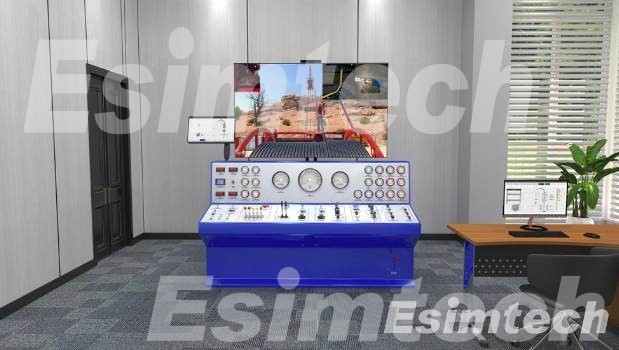
Importance of Well Intervention Simulators in the Oil and Gas Industry
Well intervention simulators are important in the oil and gas industry because they provide a safe and controlled environment for training, risk assessment, well design, and troubleshooting. They provide staff with hands-on experience in complex well intervention scenarios while avoiding the dangers and costs involved with real-world operations.
One of the key benefits of well intervention simulators is their capacity to increase industry safety. Personnel can gain the skills and knowledge required to execute their duties safely and successfully by providing a realistic simulation of well intervention scenarios. This lowers the possibility of accidents and incidents, which can have major effects on both employees and the environment.
Well intervention simulators can also aid in the reduction of downtime and expenses related with real-world operations. Personnel can do their tasks more efficiently and successfully when working on an actual well if they can practice and polish their skills in a virtual environment. This cuts the time and resources required to perform a well intervention operation, which can result in significant cost savings for businesses.
Furthermore, well intervention simulators can improve staff skill and knowledge retention by offering a more interesting and memorable learning experience than traditional training techniques. This can help to improve personnel competence and performance, leading to better outcomes and increased production.
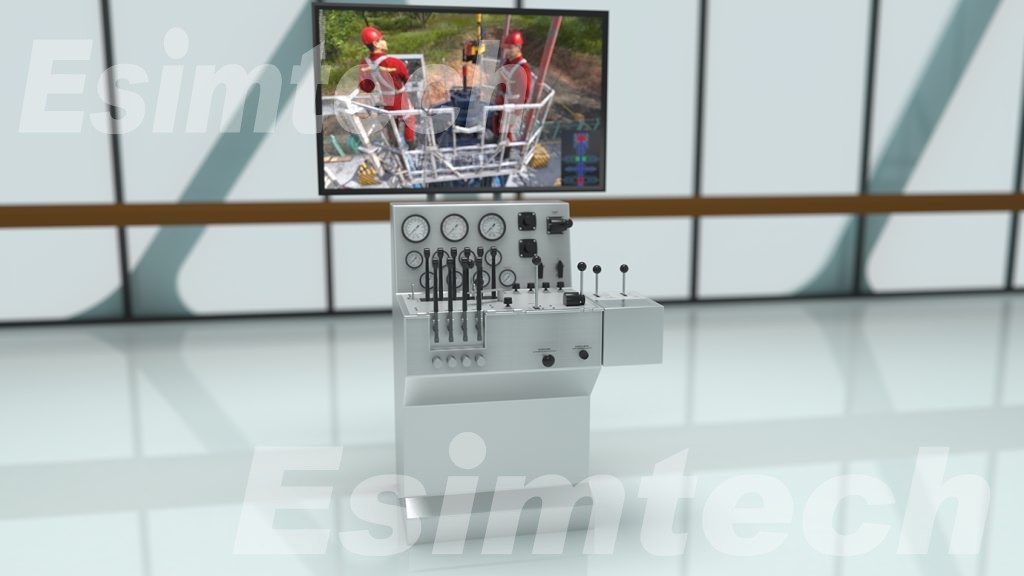
Types of Well Intervention Simulators
Each type of well intervention simulator has advantages and limitations, and the simulator selected will be determined by the operation’s specific needs and requirements. Virtual reality simulators, for example, may be more useful for teaching and education, but hardware-based simulators may be better for troubleshooting and problem-solving.
Virtual reality simulators
These simulators offer a realistic 3D environment that simulates well intervention scenarios using advanced software and hardware. Using specialized tools and controls, personnel can engage with the virtual world.
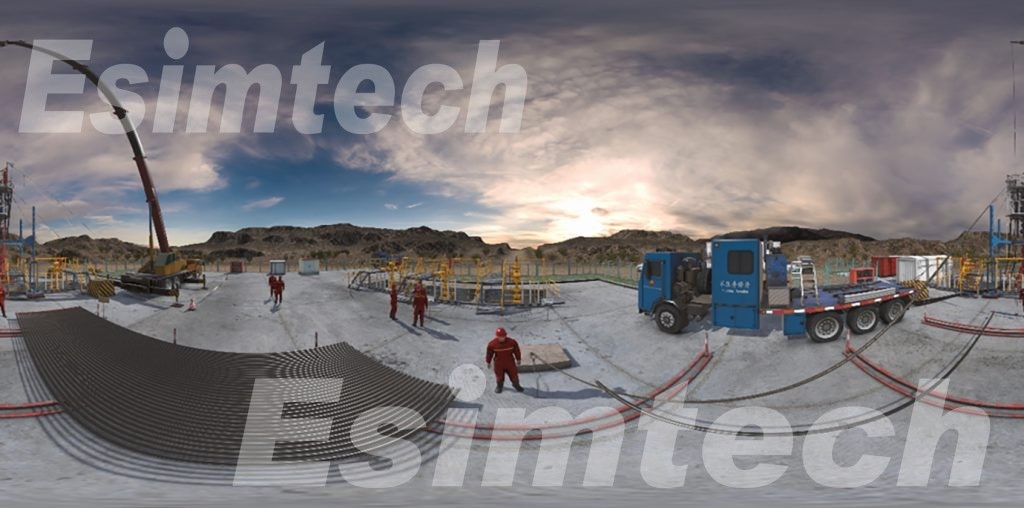
Hardware-based simulators
These simulators simulate well intervention scenarios using real equipment and tools. Hydraulic or pneumatic systems that imitate the stresses and pressures experienced during well intervention procedures may be included.
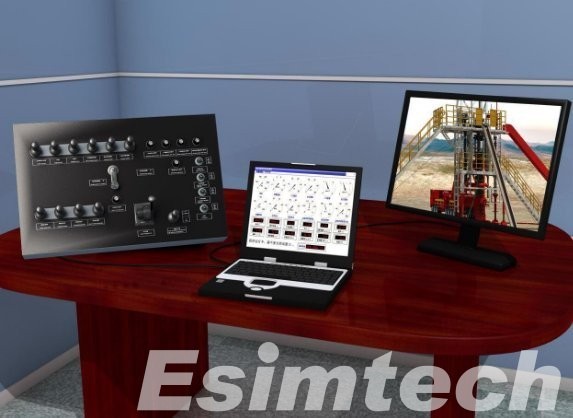
Components of Well Intervention Simulators
Well intervention simulators are made up of several critical components that collaborate to provide a realistic simulation experience. The specific components of a well intervention simulator may vary based on the type of simulator and its intended usage, but the following are some of the most common:
1. Computer hardware
This comprises the physical hardware components required to control the simulator, such as the computer, display, and input devices (e.g., keyboard, mouse, joystick).
2. Software
The simulator’s fundamental component is software, which offers the simulation environment, scenario building tools, and user interfaces. It may also include analysis tools for post-simulation evaluation and reporting.
3. Visualization system
The visualization system displays the simulation situation in 2D or 3D. Monitors, projectors, and head-mounted displays for virtual reality simulators are examples of such devices.
4. Input devices
These include controls and tools that are used to manipulate the simulated environment. This can include specialized tools, joysticks, or other input devices.
5. Hydraulic or pneumatic systems
These systems are employed in hardware-based simulators to simulate the stresses and pressures encountered during well intervention procedures.
6. Sensors and instrumentation
The simulation data, including forces, pressures, and other important factors, is monitored and recorded using sensors and instrumentation.
7. Data acquisition and storage
This component collects and stores simulation data for post-simulation analysis and reporting.
8. Power systems
Some simulators, particularly hardware-based simulators that require hydraulic or pneumatic power, may necessitate the use of specific power systems.
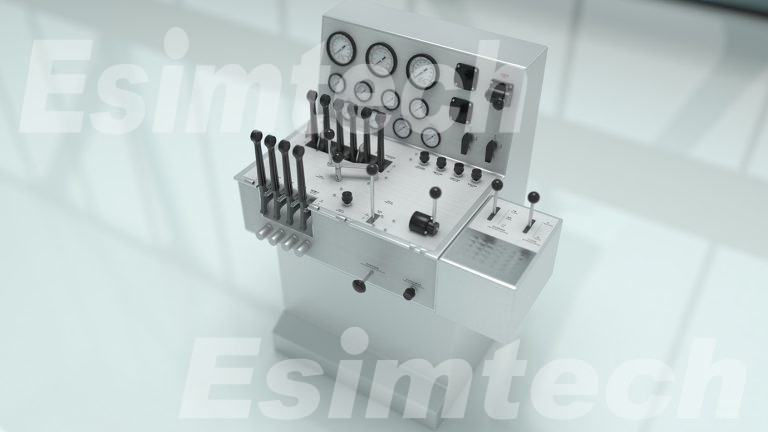
Challenges of Well Intervention Simulators
High costs of development and maintenance
Creating and maintaining effective functioning simulators can be costly, especially if they need specific hardware and software.
Limited availability of specialized simulators
There are just a few well intervention simulators on the market, especially for specialized purposes. This can make it challenging for businesses to identify the best simulator for their purposes.
Limited access to real-world data for simulation models
The quality and precision of the data utilized to construct the simulation models determine the accuracy and efficacy of well intervention simulators. However, due to the proprietary nature of the data, acquiring real-world data for these models might be difficult.
The complexity of well intervention scenarios
Well intervention scenarios can be complex and challenging to simulate accurately. Factors such as wellbore geometry, formation properties, and downhole equipment can all affect the accuracy and effectiveness of the simulation.
Summary
Well intervention simulators are an essential tool in the oil and gas industry, as they provide a safe and effective way of training personnel, analyzing risk, and optimizing well intervention operations.
